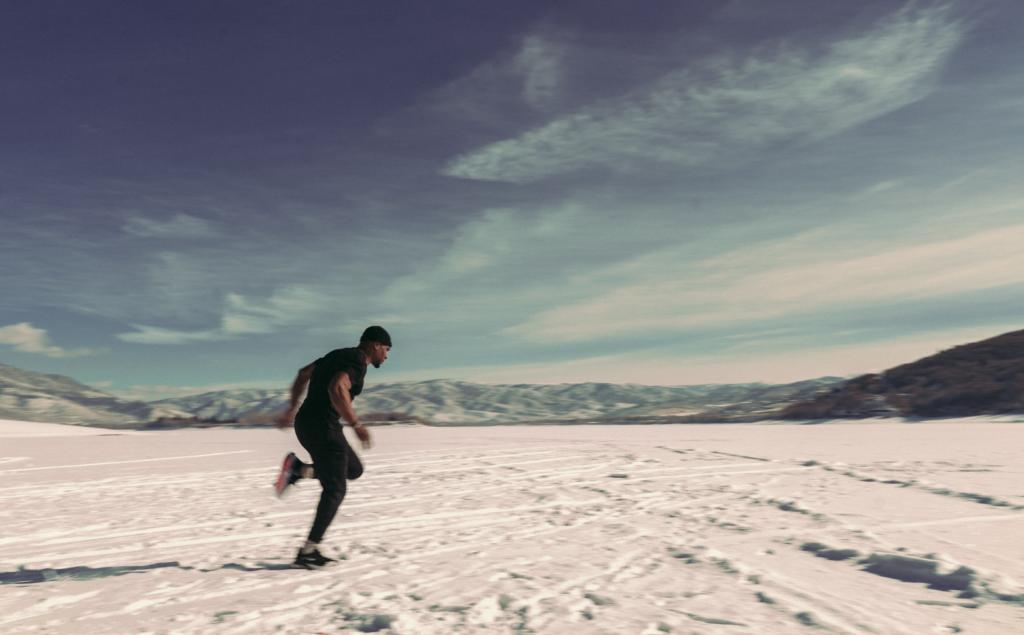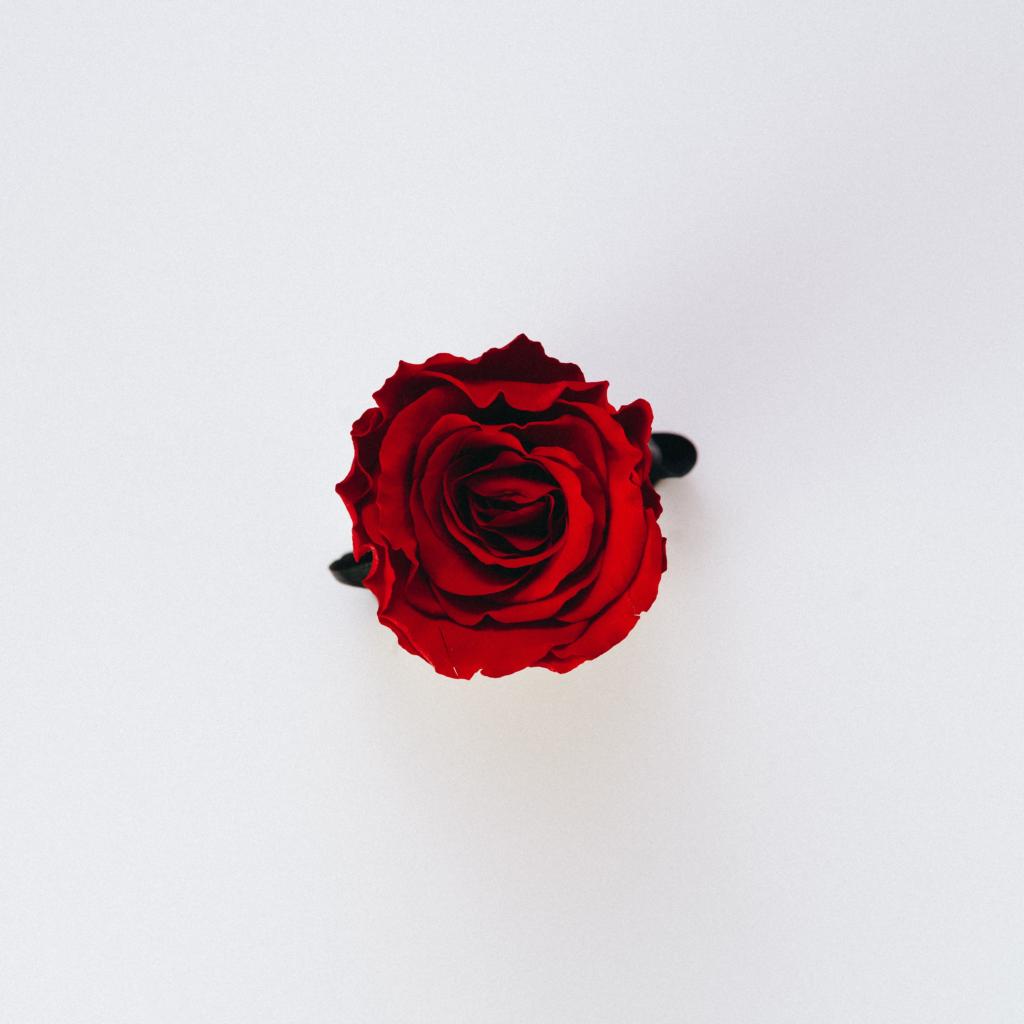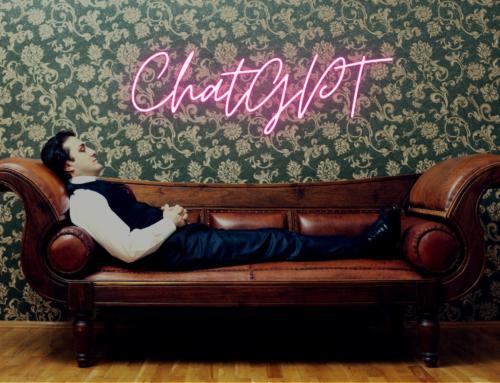“Success is the product of daily habits, not once-in-a-lifetime transformation.” – James Clear.
As CEOs, we are often so engrossed in the business challenges of each day that we need to remember to focus on ourselves. Our demons, our growth. Most importantly, our transformation.
At times this can hold us back.
My friend Bob Cramer and I recorded a discussion to demystify coaching a few years ago.
In the discussion, Bob touched on the types of coaching he does: Situational and Transformational.
Here is how he explained Transformational coaching:
Transformational coaching is looking more in-depth at what’s in your “history” (past experiences, cultural upbringing, traumas, etc.) that might cause you to “get in your [own] way.”
What “stories” do you create around a situation resulting from that history? How can you open your mind to new possibilities and opportunities not limited by those stories? Then, based on those new opportunities, we determine a clear and better path forward to execute on.
What in your history might cause you to get in your way?
Over the past few years, I have been on a journey of self-discovery in search of the answers to that question and more. It culminated in an intense retreat where I delved into my past, how it helped shape who I am today, and how it has shaped my thinking.
The retreat was influenced by Michael Pollen’s book, “How to Change Your Mind,” and a documentary by the same name on Netflix. I wanted to change my mind in profound ways.
In my journey, I learned a lot about myself.
I learned how my experiences – migration from the Bahamas to the US and many related traumas along the way – have carved me into a person who finds it hard to trust people.
My inner child has been gripped by fear, and my professional self is a distinct person. It’s a more resilient version of me.
With these realizations, I am changing. I am integrating the two Johnnys. I am no longer blocked by my past but empowered by it. I have renewed empathy for myself. I now see my past trauma as gifts that will catapult me through the next phase of my life.
I can now look in a mirror and find compassion for “John boy” – my childhood nickname. I want to hug him and show him he is safe. Show him he is strong. Show him he no longer needs to fear.
This metamorphosis has been years in the making. It started with a chat with my friends Bob and Faye, some trauma in 2020, and a series of new daily habits focused on: self-reflection, personal health, visualization, and deep learning.
It is just the beginning of the new me, and these new habits are simple and powerful tools to help sustain the cultivation of the new me.
I share them here, hoping they will help you in your journey. Enjoy.
I journal every morning.
It’s a ritual called “Rose, Thorn, Bud.”
I turned 50 in 2022.
On the morning of my birthday, I wrote, “I have a loving family and my health, and I am building something I am passionate about.”
That is what is known as a Rose.
It’s part of my new (almost) daily routine. I write down my Roses, Thorns, and Buds.
Every morning before I jump into the day’s fires, I double-click my Evernote app and quickly tap out my roses, thorns, and buds.
Roses are my gratitudes. They are my wins. The things I never knew I cherished. Sometimes, they are new learnings about me.
Thorns are the prickly challenges that life invariably brings me each day. They are the downward parts of the roller coaster that is entrepreneurship. They are the losses I surely regret. They make my neck and shoulders tight and throb with pain.
Buds are about the future. They are things I look forward to winning. They are the joys in life that we sometimes forget to welcome. I need those buds.
I have been doing this for nearly three years now. It is a simple ritual that frees my mind of the demons that hold me back so often. I sometimes work through challenging events or a recent spat with my loved ones. Other times, it’s just the micro-moment I need to get an epiphany that drives me forward on the road of life.
Tim Ferris has a similar approach. You can learn about it here.

Photo by Mark Patterson on Unsplash
I take a long run once a week to clear my mind.
I work out a few times a week and do a combination of strength training, calisthenics, Peloton, yoga, and running.
I started working out nearly 30 years ago, inspired by Arnold Schwarzeneggers’ book (and documentary) Pumping Iron.
(Believe it or not, I participated in a bodybuilding contest one summer in Swindon, England. I walked on stage to the music from The Terminator movie.)
In 2021, I started running again.
My friend Steve, a long-time runner, heard about losing one of my dearest friends. He called me one day to offer his support while I was grieving.
“John, my friend, here is what I suggest you do…Start running,” he said.
“Running?”
“Yes. Trust me. Get yourself some new running shoes and start slow. Do it once per week. After some time, expand it to twice a week and so on.
After each run, you’ll feel your head clear, and you will get stronger. It will be great for your mental health. Get a habit tracker. And, remember, it’s not about going fast, my friend. Go slow. Think of this as a 20-year marathon,” Steve prescribed with love.
I bought a pair of running shoes and started slowly.
Once a week, I ran at a reasonable pace for 30 minutes or 1-2 miles, whichever came first.
Luckily near my home is a beautiful riverside park adorned with running and biking lanes perfect for my new habit.
Each run is a journey full of new experiences for me.
On the road, my (negative) thoughts gradually melt away.
I begin to feel my body warm up, and suddenly I start floating at a good pace. I focus on breathing– in through the nose and out through the mouth.
First, the quiet mind during the run is a welcome relief from all the stresses of running a startup. There are times when I feel pain in the weirdest parts of my body during the run.
That pain becomes a motivator. I wanted to feel the pain, overcome it, and power through it.
When I run, I am present. I feel the blood course through me, my lungs fill with air, and my vision becomes crisper. I look ahead and set mini-goals for myself; every time I hit one, I set another.
The energy from these micro-wins builds into an unstoppable–slow but steady–momentum.
Before I know it, I surpass the distance I achieved the last time around–sometimes even faster.
And, then, I want more.
Startups are like a long series of runs.
To learn more about my experience with running, go here.
I meditate daily.
For many years I was skeptical about mindfulness and meditation. What’s the purpose? I thought. I have been to a few yoga retreats and fancy resorts with meditation sessions. I didn’t connect with it. My monkey mind was always getting in the way. I would often fall asleep.
Then, one day in 2017, a few months after selling my second company, I attended the first Hypergrowth conference put on by a company called Drift.
Here is what I wrote after I had an experience there that changed my mind about meditation:
10% Happier — I have always been a skeptic about mindfulness. It is ironic, really. I have always actively tried to find ways to “rest my mind.” But that is not what mindfulness is. It’s about being present, experiencing your mind, breathing, surroundings, and body, and connecting to your existence. For what purpose? It’s simply to re-learn a long-lost skill of just being, so you can “see.”
Honestly, this was the first time it finally clicked in all my exposure to reading, yoga, and meditation. I had lunch with my wife today and shared my new excitement about something we can do together. (She has been mindful for over two years now.) Thanks, Ben Rubin and Matthew Hepburn.
I have been practicing meditation every day since.
I have learned a few things:
- Focusing on the breath connects you to the body and helps you quiet the mind.
- Running away from thoughts is not the goal; enjoy them like watching clouds in the sky.
- Emotions serve a purpose; don’t try to escape them— embrace them.
- Control is an illusion sparked by a false perception of self — no, there is no self; it’s all an illusion. It’s just our consciousness.
Here are the tools, apps, and books I recommend:
- Waking Up by Sam Harris – It’s an app based on his award-winning book. This is by far the best app out there. It goes beyond beginners’ meditation to philosophy, daily practice, and soundscape.
- Headspace – Can you believe the founder of this app started as a Clown? It’s the perfect place to start. Simple guided meditations are perfect for a daily routine.
- Endel – all about soundscapes for different phases (relaxing, focusing, sleeping) of the day.
- Books include:
My daily routine:
- 10 min meditation before the start of my busy day
- 10-30 min meditation right before bed.
- 10-15 min on the weekends laying on the floor right in front of the kids.

Photo by Collov Home Design on Unsplash
I check in with my wife.
I often say when I started my last company, I got married twice. I married my wife, and I married a software company in Boston.
The figurative statement is not far from the truth. Entrepreneurship and the CEO role can feel like a marriage sometimes. It takes incredible commitment and deliberate work to keep the fire burning.
Here is a simple exercise my wife and I started a year ago. You can do the same with your significant other as well. It should take no more than 10-mins. Try to do it at the same time every night, after the kids are in bed.
The check-in works like this. We each take turns answering these questions:
- How are you feeling (emotionally, physically, mentally, spiritually)?
- What gratitudes/noticings do you have for the other person from today?
- Some highlights from your day?
- One ask of the other person?
[Read: 6 Habits that Help Me Focus on What to Do Right]
I read physical books in bed.
If you are like me, your screen time is getting a bit longer these days.
There is no downtime with social media, team collaboration apps like Slack or Trello, and always-on texting.
A few years ago, I decided to incorporate something new into my routine to help with this. I read physical books in bed, not on my phone.
I read a lot. I didn’t become a big reader until a few years ago.
I read dusty and crusty old books; some are not digitized these days. There’s so much learning in reading about history, so much learning in reading about the failures of entrepreneurs that have come before me.
I read books that have nothing to do with my profession. Books about interesting concepts, like sleep, biographies, mental models, and how the brain works. I read one before writing this article called On Intelligence by Jeff Hawkins. It helped me to process my current world. It also provided a great perspective on AI.
When I’m reading about the past, I process today a lot better; it gives me new perspectives that I didn’t know were hidden deep in my subconscious; they pop out, and I learn new frameworks. For example, I have learned that failure is something that repeats itself.
How to get started.
You don’t have to jump into all my habits above. Adding anything new to your routine takes time and discipline. Choose one of the above that resonates with you and start there.
Use an accountability partner or a habit tracker to keep track of your progress. Either way, you’ll be surprised how much of your leadership growth hinges on straightforward habits like these.
The road to mastery as a leader is like climbing a mountain. Each inch towards the top gets more challenging, but each new milestone is a breakthrough in your growth.
And, by the way, there is no mountain.
You. Are. The. Mountain.
###




